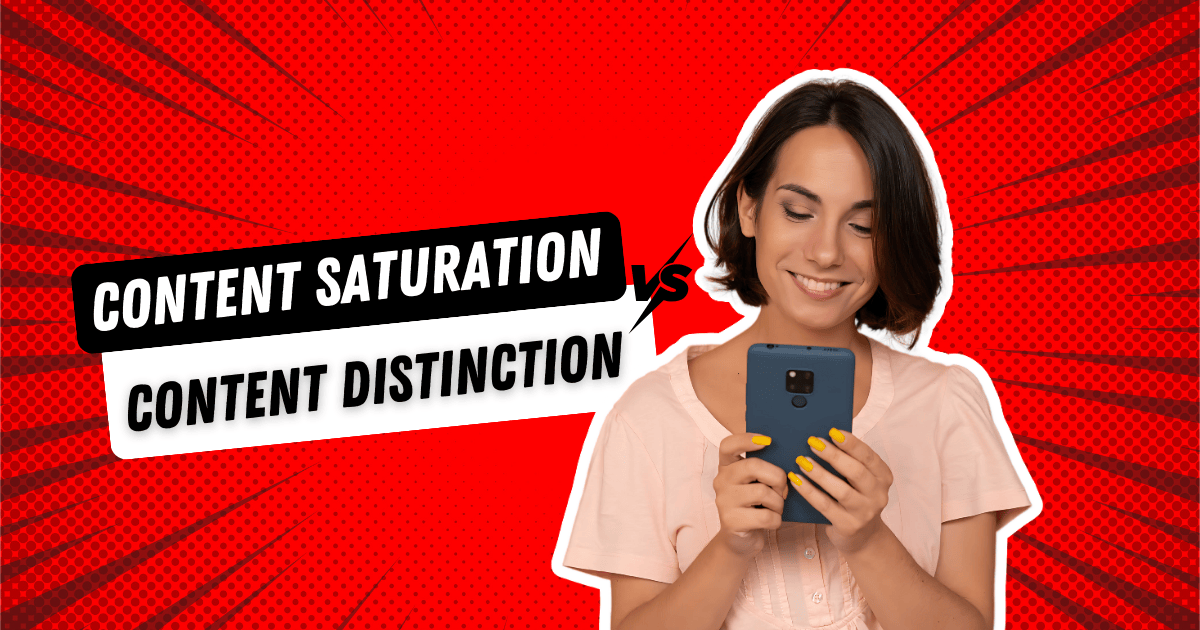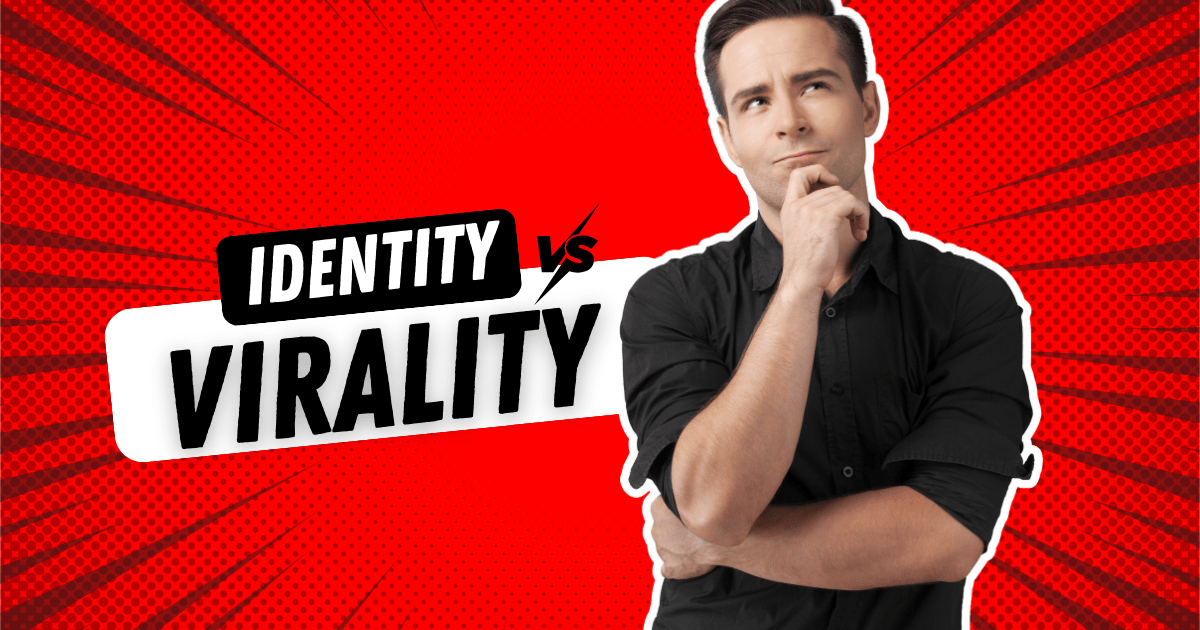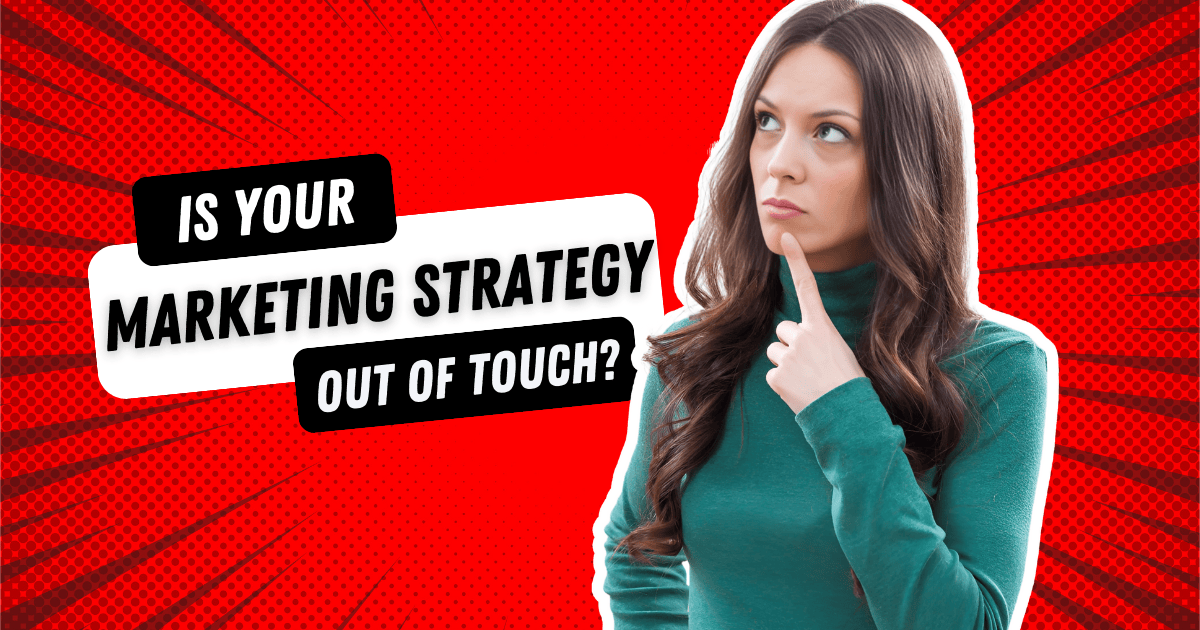THE FUTURE OF MARKETING IS HERE
5 Marketing Shifts to Watch in 2026
June is here, and 2025 is halfway done. Smart brands are already planning for what’s next. Are you?
In marketing, staying ahead isn’t just a bonus—it’s survival. And with AI, data, and consumer habits evolving faster than ever, the rules we followed in 2025 may feel ancient by the time 2026 hits. At VAST Marketing, we believe that looking ahead gives our clients an unfair advantage. So, we put together five bold predictions for what marketing could look like in 2026.
These aren't just trends—they’re signals. Here's what we see coming next:
1. AI-Powered Creativity: Tool or Teammate?
AI is no longer just a productivity hack—it’s becoming a creative force. By 2026, AI tools will be capable of generating ad copy, editing videos, designing posts, and scripting campaigns that feel like they came from a human. And for busy professionals, this sounds like a dream.
But here’s the truth: the brands that win won’t just use AI—they’ll guide it. Real estate pros and small business owners still need strategy, emotional intelligence, and storytelling to make that content connect. AI can speed up the “what,” but only you can shape the “why.”
At VAST Marketing, we combine AI-driven efficiency with human insight—so your marketing isn’t just fast, it’s authentic, aligned, and impossible to ignore.
2. Real-Time Behavior Targeting Hits Hyperdrive
Forget the old playbook of age, zip code, and interest tags. In 2026, targeting will go deeper, tracking how people scroll, where they pause, and even what actions they almost take. This real-time behavior data means your ads could adjust on the spot, showing different content based on a viewer’s urgency, hesitation, or engagement pattern.
For real estate professionals, this could help spotlight listings to buyers showing high intent right now. For small business owners, it’s a chance to serve the right offer to the right person at the exact right moment.
At VAST Marketing, we’re already helping clients make smarter ad decisions using behavior-based insights. The future isn't just about knowing your audience. It’s about understanding what they’re doing as it happens, and responding instantly, with purpose.
3. Mood-Based Marketing (Yes, That’s a Thing)
Biometrics and emotion-tracking aren’t just for fitness apps anymore. In 2026, marketing could tap into real-time mood data—through wearables, mobile sensors, or even behavior-based triggers. That means the content your audience sees might soon adjust to how they feel in the moment.
For real estate pros, this could look like home ads that surface when someone’s feeling overwhelmed and searching for a fresh start. For small business owners, promotions might target users when they’re most likely to act—whether that’s a stress-related impulse buy or a calm, reflective moment for planning.
4. Neural Interfaces Start a New Era of Engagement
It might sound like sci-fi, but brain-computer interfaces are already being tested by major tech players—and early versions could start influencing marketing by 2026. This means users could one day interact with digital content, experiences, and even ads using thought alone.
What does this mean for real estate and small business marketing? Imagine a potential homebuyer mentally signaling interest in a property while viewing listings, or a customer navigating a service page with no clicks, just intention. It’s not about flashy tech for tech’s sake, it’s about reducing friction and creating ultra-intuitive user experiences.
5. Short-Form Video Evolves into Storyline Series
TikTok and Reels won’t die—but consumers will crave more depth in less time. In 2026, expect short-form to level up with episodic storytelling, micro-docs, and branded “miniseries” that unfold across platforms. Think of it as Netflix meets Instagram, but snackable.
Final Thoughts
We’re halfway through 2025, and while marketing buzzwords come and go, one thing remains true, staying ahead matters. Real estate professionals and small business owners are already feeling the shift: algorithms are smarter, attention spans are shorter, and clients expect more personalization than ever.
These upcoming trends aren’t about chasing hype, they’re early signals of how marketing is evolving. From AI-generated content to emotion-based engagement, the tools are changing fast. But the brands that succeed in 2026 will be the ones that start adapting now, testing smarter strategies, learning new platforms, and using tech without losing their personal touch.
At
VAST Marketing, we help you bridge today’s reality with tomorrow’s potential, so your marketing doesn’t just keep up, it leads.










